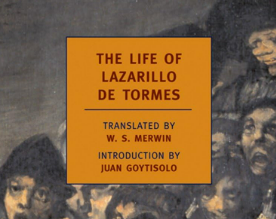Translator’s Note
byThe introductory commentary and translator’s note for the second part of The Life of Lazarillo de Tormes provide essential context and appreciation for Juan de Luna’s continuation of the original work. Despite Luna’s necessity to leave Spain influencing the sequel’s tone, his storytelling prowess ensures a vibrant and engaging narrative. Unlike the “First Part,” Luna’s sequel is renowned for its entertaining and highly descriptive scenes filled with wit and humor.
In this continuation, memorable moments highlight Lazaro’s encounters and the vividly chaotic sequences that unfold—ranging from a dinner scene turning into a spectacular brawl to a chase that could be likened to a comedic act from the seventeenth century, reminiscent of what one might find in modern farce. Each instance is richly described, showcasing Luna’s skill in narrating encounters filled with humor and surprising twists, such as the “quarter of kid” episode that humorously illuminates characters’ traits through a lively and mishap-filled feast.
The text also underlines the effort to offer a faithful translation of Luna’s work, referring to the careful selections made from editions that strive to remain true to the original manuscripts while acknowledging the intermediary role the anonymous sequel of 1555 plays between the first and second parts of Lazarillo’s life story. This effort reflects a commitment to preserving the nuanced humor and social commentary that define Luna’s sequel, with thanks given to Professor Julio Rodriguez Puertolas for his contributions to the translation process.
By emphasizing these elements—the careful translation approach, Luna’s storytelling flair, and the seamless weaving of comedy and action—readers are invited to appreciate the continuation of Lazarillo’s adventures not just as a simple extension but as a richly depicted journey filled with engaging narratives that reflect both the era’s comedic tendencies and the timeless nature of storytelling.

